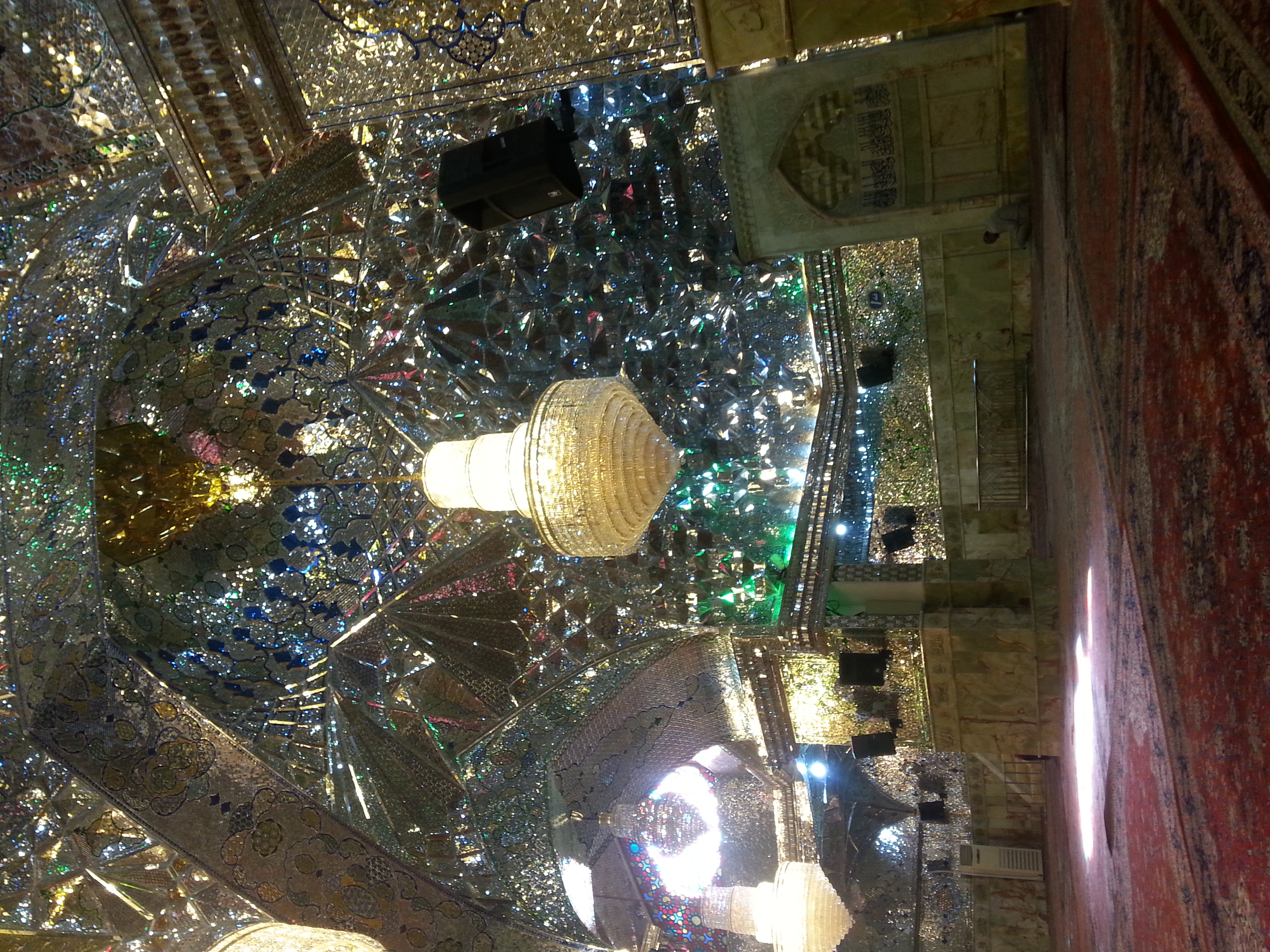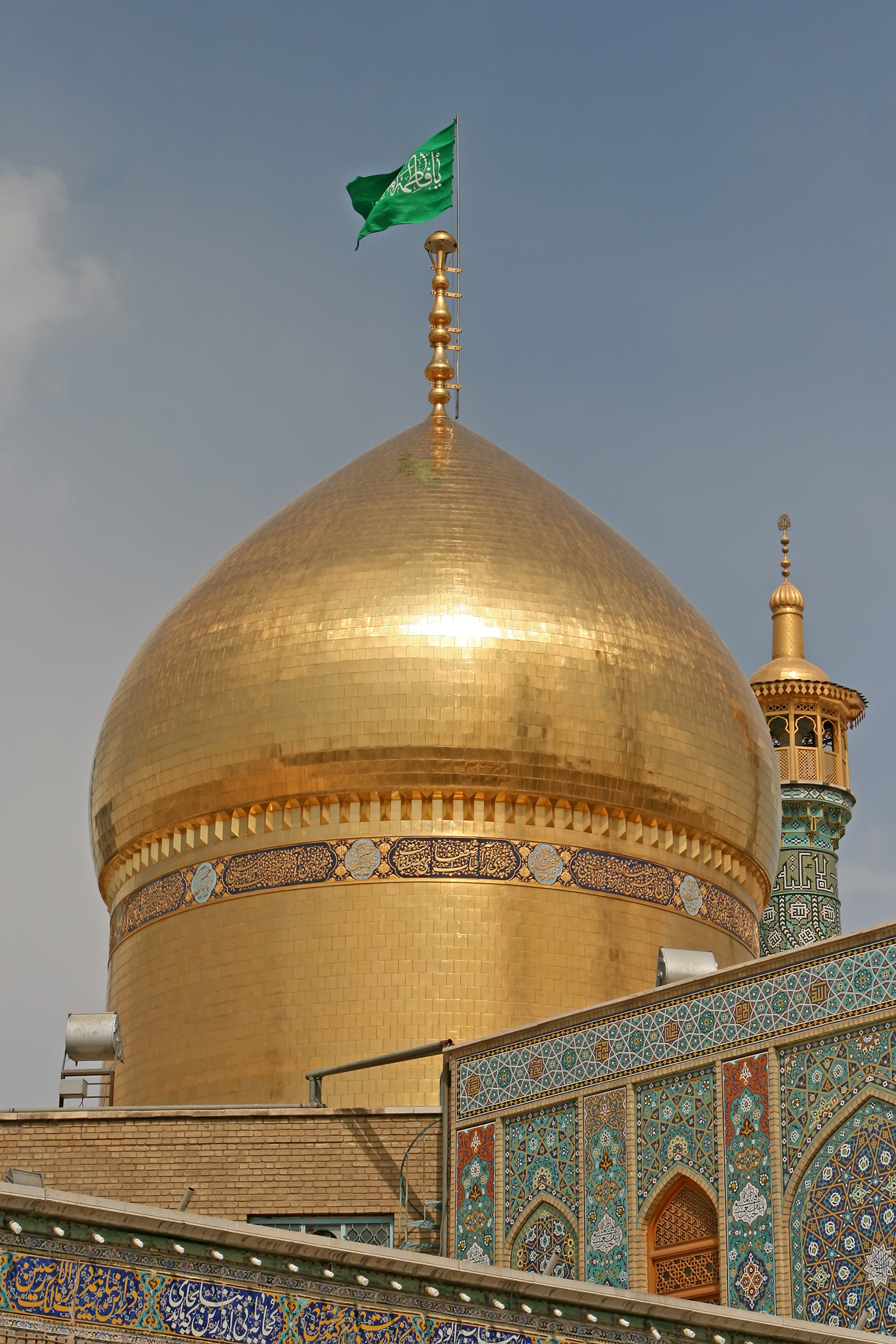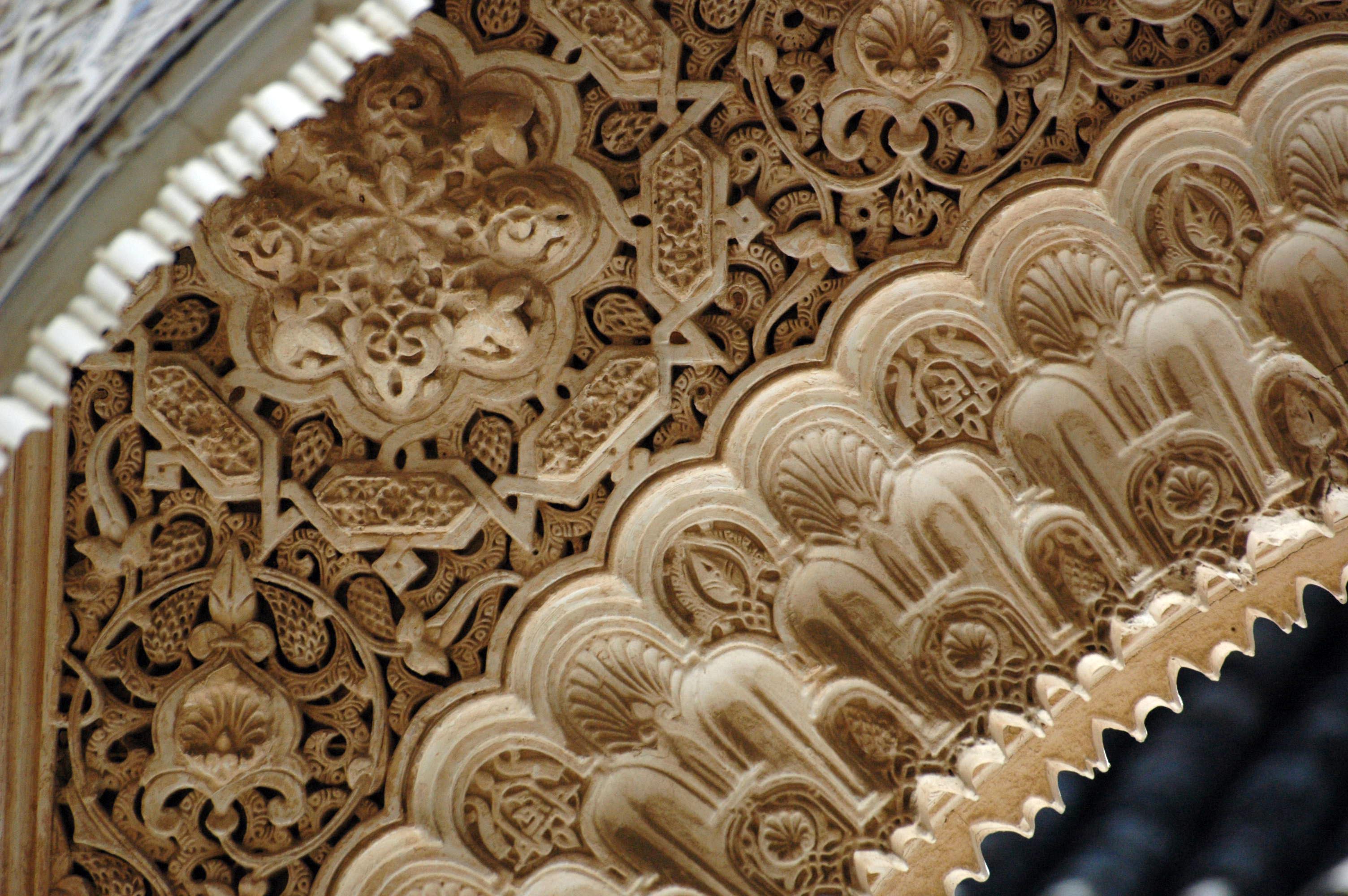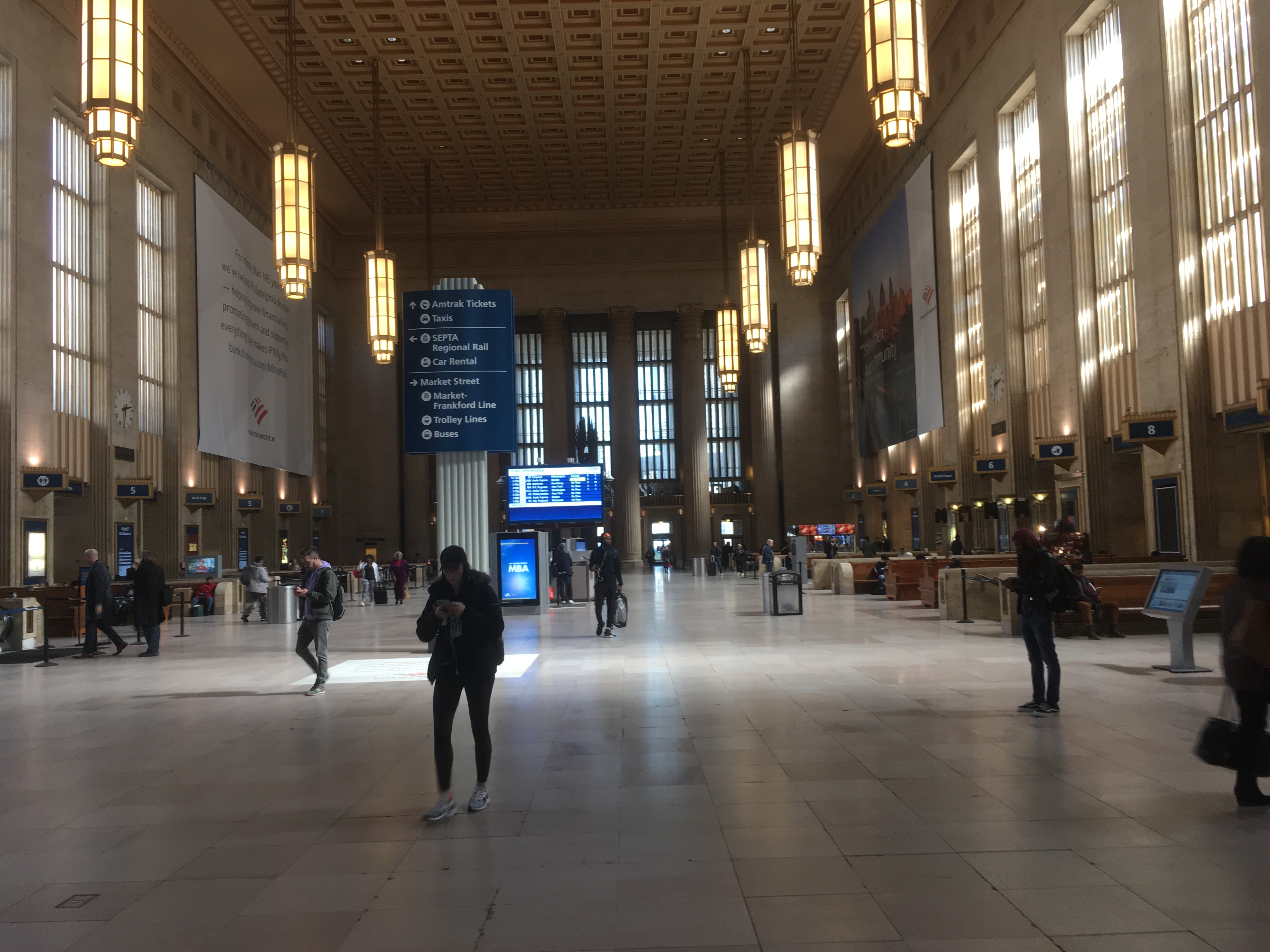|
Ayeneh-kari
''Ayeneh-kari'' () is a kind of Iranian interior decoration where artists assemble finely cut mirrors together in geometric, calligraphic or foliage forms (inspired by flowers and other plants). This creates a beautiful shining surface covered with complex facets, reflecting light as intricate abstract patterns or glittering reflections. Beside their decorative use, this art form is used as a strong durable cover for interior spaces. This type of mosaic work is commonly done in Iran, Pakistan and is also found is Mughal era buildings of India. Etymology The word Ayeneh-kari is a Persian compound word, composed of the words ayeneh and kari. Ayeneh means mirror. Kari means to do or place something onto something else. Together, the word Ayeneh-kari means mirror-work. History In ancient Iranian cultures, water and mirrors symbolised purity, light and truthfulness, and their use in Iranian architecture also has the same meaning and comes from the same concept. During the Zan ... [...More Info...] [...Related Items...] OR: [Wikipedia] [Google] [Baidu] |
Iran Mall
The Iran Mall () is a shopping mall in Iran. It is located in northwest Tehran by Chitgar Lake. The multi-purpose complex was designed on land with an area of and seven floors. Its infrastructure area in the first phase is , which will be increased to when all the development phases are completed. The first phase with the capacity of of gross leasable area and 708 retail units was opened on 1 May 2018. Over 1,200 contractors and 25,000 workers took part in the construction of Iran Mall. The facility is owned by Ayandeh Bank. The original idea of building such a large complex came from the well-known Iranian entrepreneur, Ali Ansari, who has also been the chief executive of constructing the Iran Mall. International honours and records The Iran Mall has attended Mapic for three years (from 2015 to 2017) and has also been awarded by RLI as the best-anticipated shopping mall in terms of dimensions and spaces of services, culture and entertainment in 2017. According to the ... [...More Info...] [...Related Items...] OR: [Wikipedia] [Google] [Baidu] |
Shah Cheragh
The Shah Cheragh (; ) is a Twelver Shi'ite funerary monument and religious complex located in Shiraz, in the province of Fars, Iran. The 12th-century complex is centred around the mausoleum of Sayyid Ahmad, the son of Musa al-Kazim, who is known as Shah Cheragh (King of Light) in local traditions, and hence the building's name. The complex was added to the Iran National Heritage List on 10 June 1942, administered by the Cultural Heritage, Handicrafts and Tourism Organization of Iran. The complex is one of the holiest sites in Twelver Shia Islam. History Archaeological excavation indicates that there was a settlement on the site of Shiraz in the prehistoric period and cuneiform records from Persepolis, to the north, show that Shiraz was a significant town in Achaemenian times. As a city however, it was founded in 684 CE, after the Arab armies conquered the Sassanians. The Buyids (945-1055 CE) made Shiraz their capital, building mosques, palaces and a great city wall. T ... [...More Info...] [...Related Items...] OR: [Wikipedia] [Google] [Baidu] |
Sahebgharaniyeh Palace
The Sahebgharaniyeh Palace (Persian: کاخ صاحبقرانیه) is a royal palace in Tehran, Iran. Built in 1850 by the order of Naser ed-Din Shah Qajar, it is one of the only Qajar buildings in the Niavaran complex. History Naser ed-Din Shah Qajar ordered the construction of the palace in 1850 in two floors, and in the 39th year of his rule he gave himself the title "Sahebgharan" and gave the name "Sahebgharaniyeh" to the place. Mozaffar ad-Din Shah Qajar signed the first constitution of Iran in this place. Fawzia of Egypt and Mohammad Reza Pahlavi were also scheduled to hold their wedding in this palace, which was cancelled due to cold weather. The palace was also used as the working office of Mohammad Reza Shah for several years before the Iranian revolution. Parts of Bitter Coffee and Kamalolmolk (film) were filmed here. Gallery File:View of the sahebgharanieh palace1.JPG, New year greeting of Naser ed-Din Shah Qajar File:Jahan nama hall.JPG, Jahan nama Hall, featu ... [...More Info...] [...Related Items...] OR: [Wikipedia] [Google] [Baidu] |
Chehel Sotoun
Chehel Sotoun (, ) is a Persian pavilion in the middle of a park at the far end of a long pool, in Isfahan, Iran, built by Shah Abbas II to be used for his entertainment and receptions. In this palace, Shah Abbas II and his successors would receive dignitaries and ambassadors, either on the terrace or in one of the stately reception halls. The name, meaning "Forty Columns" in Persian, was inspired by the twenty slender wooden columns supporting the entrance pavilion, which, when reflected in the waters of the fountain, is said to appear to be forty. As with the Ali Qapu, the palace contains many frescoes and paintings on ceramic. Many of the ceramic panels have been dispersed and are now in the possession of major museums in the West. They depict specific historical scenes such as the infamous Battle of Chaldiran against the Ottoman Sultan Selim I, the reception of an Uzbek king in 1646, when the palace had just been completed, the welcoming of the Mughal Emperor Humayu ... [...More Info...] [...Related Items...] OR: [Wikipedia] [Google] [Baidu] |
Palacio De Golestán, Teherán, Irán, 2016-09-17, DD 27-36 HDR PAN
Palacio (''palace'') is a Spanish habitational name. It may have originated from many places in Spain, especially in Galicia and Asturias Asturias (; ; ) officially the Principality of Asturias, is an autonomous communities of Spain, autonomous community in northwest Spain. It is coextensive with the provinces of Spain, province of Asturias and contains some of the territory t .... Notable people with the surname include: * Agustina Palacio de Libarona (1825–1880), Argentine writer, storyteller, heroine * Alberto Palacio, engineer * Alfredo Palacio (1939–2025), Ecuadorian cardiologist and politician, president of Ecuador (2005–2007) * Andy Palacio, Belizean musician * Emilio Palacio, Ecuadorian journalist * Ernesto Palacio, opera singer * Héctor Palacio, Colombian road racing cyclist * Milt Palacio, basketball player * R. J. Palacio, American writer of the 2012 children's novel ''Wonder'' * Rodrigo Palacio, footballer See also * Palacios (other) Refere ... [...More Info...] [...Related Items...] OR: [Wikipedia] [Google] [Baidu] |
Fatima Masumeh Shrine
The Shrine of Fatima Masumeh () is a Twelver Shi'ite shrine, located in the city of Qom, in the province of Qom, Iran. Qom is considered by Twelver Shia Muslims to be the second most sacred city in Iran after Mashhad. Fatima Masumeh was the sister of the eighth Twelver Shi'ite Imam 'Ali al-Rida, and the daughter of the seventh Imam Musa al-Kadhim (Tabari 60). In Shia Islam, women are often revered as saints if they are close relatives to one of the Twelver Imams. Fatima Masumeh is therefore honored as a saint, and her shrine in Qom is considered one of the most significant Shi'i shrines in Iran. Every year, thousands of Shi'i Muslims travel to Qom to honor Fatima Masumeh and ask her to ask God for blessings. Also buried within the shrine are three daughters of the ninth Twelver Imām Muhammad al-Taqī. Specifications The shrine consists of a burial chamber, three courtyards and three large prayer halls, totalling an area of . The three prayer halls are named: ''Tabātabā' ... [...More Info...] [...Related Items...] OR: [Wikipedia] [Google] [Baidu] |
Islamic Glass
Islamic glass is glass made in the Islamic world, especially in periods up to the 19th century. It built on pre-Islamic cultures in the Middle East, especially ancient Egyptian, Persian and Roman glass, and developed distinct styles, characterized by the introduction of new techniques and the reinterpreting of old traditions. It came under European influence by the end of the Middle Ages, with imports of Venetian glass documented by the late 15th century. It rarely has religious content, other than inscriptions, although the mosque lamp was mainly used in religious contexts, to light mosques, but it uses the decorative styles of Islamic art from the same times and places. The makers were not necessarily Muslims themselves. Though most glass was simple, and presumably cheap, finely formed and decorated pieces were expensive products, and often highly decorated, using several different techniques. Muhammad disapproved of the use of tableware and drinking vessels made from precio ... [...More Info...] [...Related Items...] OR: [Wikipedia] [Google] [Baidu] |
Mosaic
A mosaic () is a pattern or image made of small regular or irregular pieces of colored stone, glass or ceramic, held in place by plaster/Mortar (masonry), mortar, and covering a surface. Mosaics are often used as floor and wall decoration, and were particularly popular in the Ancient Rome, Ancient Roman world. Mosaic today includes not just murals and pavements, but also artwork, hobby crafts, and industrial and construction forms. Mosaics have a long history, starting in Mesopotamia in the 3rd millennium BC. Pebble mosaics were made in Tiryns in Mycenean civilisation, Mycenean Greece; mosaics with patterns and pictures became widespread in classical times, both in Ancient Greece and Ancient Rome. Early Christian basilicas from the 4th century onwards were decorated with wall and ceiling mosaics. Mosaic art flourished in the Byzantine Empire from the 6th to the 15th centuries; that tradition was adopted by the Norman dynasty, Norman Kingdom of Sicily in the 12th century, by th ... [...More Info...] [...Related Items...] OR: [Wikipedia] [Google] [Baidu] |
Islamic Art
Islamic art is a part of Islamic culture and encompasses the visual arts produced since the 7th century CE by people who lived within territories inhabited or ruled by Muslims, Muslim populations. Referring to characteristic traditions across a wide range of lands, periods, and genres, Islamic art is a concept used first by Western culture, Western Art history, art historians in the late 19th century. Public Islamic art is traditionally non-Representation (arts), representational, except for the widespread use of plant forms, usually in varieties of the spiralling Arabesque (Islamic art), arabesque. These are often combined with Islamic calligraphy, Islamic geometric patterns, geometric patterns in styles that are typically found in a wide variety of media, from small objects in ceramic or metalwork to large decorative schemes in tiling on the outside and inside of large buildings, including mosques. Other forms of Islamic art include Islamic miniature painting, artefacts like I ... [...More Info...] [...Related Items...] OR: [Wikipedia] [Google] [Baidu] |
Mirrors
A mirror, also known as a looking glass, is an object that reflects an image. Light that bounces off a mirror forms an image of whatever is in front of it, which is then focused through the lens of the eye or a camera. Mirrors reverse the direction of light at an angle equal to its incidence. This allows the viewer to see themselves or objects behind them, or even objects that are at an angle from them but out of their field of view, such as around a corner. Natural mirrors have existed since prehistoric times, such as the surface of water, but people have been manufacturing mirrors out of a variety of materials for thousands of years, like stone, metals, and glass. In modern mirrors, metals like silver or aluminium are often used due to their high reflectivity, applied as a thin coating on glass because of its naturally smooth and very hard surface. A mirror is a wave reflector. Light consists of waves, and when light waves reflect from the flat surface of a mirror, thos ... [...More Info...] [...Related Items...] OR: [Wikipedia] [Google] [Baidu] |
Persian Art
Persian art or Iranian art () has one of the richest art heritages in world history and has been strong in many media including architecture, painting, weaving, pottery, calligraphy, metalworking and sculpture. At different times, influences from the art of neighbouring civilizations have been very important, and latterly Persian art gave and received major influences as part of the wider styles of Islamic art. This article covers the art of Persia up to 1925, and the end of the Qajar dynasty; for later art see Iranian modern and contemporary art, and for traditional crafts see arts of Iran. Rock art in Iran is its most ancient surviving art. Iranian architecture is covered at that article. From the Achaemenid Empire of 550 BC–330 BC for most of the time a large Iranian-speaking state has ruled over areas similar to the modern boundaries of Iran, and often much wider areas, sometimes called Greater Iran, where a process of cultural Persianization left enduring results even w ... [...More Info...] [...Related Items...] OR: [Wikipedia] [Google] [Baidu] |
Interior Design
Interior design is the art and science of enhancing the interior of a building to achieve a healthier and more aesthetically pleasing environment for the people using the space. With a keen eye for detail and a Creativity, creative flair, an interior designer is someone who plans, researches, coordinates, and manages such enhancement projects. Interior design is a multifaceted profession that includes conceptual development, space planning, site inspections, programming, research, communicating with the stakeholders of a project, construction management, and execution of the design. History and current terms In the past, interiors were put together instinctively as a part of the process of building.Pile, J., 2003, Interior Design, 3rd edn, Pearson, New Jersey, USA The profession of interior design has been a consequence of the development of society and the complex architecture that has resulted from the development of industrial processes. The pursuit of effective use of ... [...More Info...] [...Related Items...] OR: [Wikipedia] [Google] [Baidu] |







